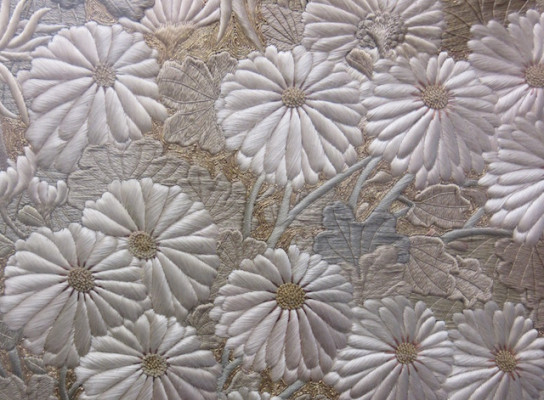There’s something instantly pleasing about a well-balanced room; the kind where every element feels as though it’s in exactly the right place. Whether it’s matching armchairs framing a fireplace or identical bedside lamps casting a soft glow, symmetry brings a quiet sense of order that instinctively soothes the mind. But why does this visual balance feel so deeply satisfying, and how can it be used to make interiors more harmonious and emotionally grounded?
The Science Behind Symmetry
Human brains are wired to seek order and pattern. From faces to nature, symmetry often signals health, safety, and predictability; qualities that, on a subconscious level, reduce stress. Studies in environmental psychology suggest that symmetrical spaces are easier for the brain to process, which frees up cognitive energy and creates a sense of calm.
This explains why perfectly aligned picture frames or a centred rug beneath a coffee table can feel so “right.” When a room follows a symmetrical layout, it speaks to our innate preference for visual balance; the same instinct that draws us to the even spread of petals on a flower or the mirrored wings of a butterfly.
The Emotional Comfort of Balance
In design, symmetry provides emotional stability. It reassures, grounds, and creates rhythm. A living room with matching sofas facing one another encourages conversation and connection. A hallway with twin console tables on either side feels grand yet composed. Even the simplest of spaces benefits from a touch of symmetry; perhaps two wall sconces flanking a mirror, or patterned tiles repeating in a consistent rhythm underfoot.
Psychologically, these balanced arrangements reduce visual “noise.” In a world of constant stimulation, spaces that offer order can be profoundly restorative. They create environments where the mind can rest, much like listening to a piece of music with a steady beat after a day of chaos.
Using Symmetry Without Losing Character
While symmetry is soothing, too much of it can feel rigid or overly formal. The trick lies in achieving harmony without stripping away personality. A dining room, for example, might feature matching chairs and a central pendant light, but softened with an organic linen tablecloth or a vase of asymmetrically arranged flowers.
In bedrooms, symmetry works beautifully when balanced with comfort; matching bedside tables and lamps create visual order, while varied artwork or layered textiles add warmth. Similarly, a perfectly centred bed on a plush rug anchors the room, but throws and cushions in varied tones keep it from feeling too prescribed.
The same principle applies to flooring and wall design. Parquet or herringbone patterns bring structure, but introducing a natural grain variation or textured rug can stop the look from feeling overly “staged.” The goal is not perfection but visual equilibrium; a sense of steady rhythm rather than strict repetition.
Asymmetry and the Beauty of Tension
Interestingly, asymmetry can feel satisfying too; just in a different way. While symmetry offers comfort, asymmetry introduces energy and intrigue. A single statement armchair offset by a side table, or an arrangement of art prints in varying sizes, draws the eye and invites curiosity.
This gentle tension between order and spontaneity often makes a space feel more lived-in and authentic. Modern interiors, particularly Scandinavian or Japandi styles, often use partial symmetry; balancing visual weight rather than identical forms. For instance, one large plant can counterbalance a floor lamp, or a soft rug can ground a slightly off-centre sofa arrangement. The balance remains, even if it isn’t mirror-perfect.
Why Symmetry Endures
Throughout history, symmetry has symbolised harmony and beauty; from classical architecture to Art Deco interiors. It reflects a universal desire for balance, both visually and emotionally. In the home, that desire translates into spaces that feel reassuringly complete, even if subtly imperfect.
When symmetry is used thoughtfully, it helps define the flow of a room, highlight focal points, and create a sense of cohesion. Whether through repeated colours, mirrored furniture placement, or the rhythm of patterned parquet flooring, these small moments of order remind us of the human need for structure amidst the unpredictable.
Finding Your Balance
Ultimately, symmetry is about feeling grounded in a space that reflects calm and clarity. It doesn’t require identical pairs or precise alignment; just a sense of proportion and flow that feels intuitively right. A thoughtfully balanced home encourages both rest and focus, becoming a quiet anchor in daily life.
So, the next time a room feels slightly off, take a moment to step back and look for balance. A centred rug, a matching pair of lamps, or a well-placed piece of art might be all that’s needed to restore that subtle, satisfying sense of symmetry the mind so naturally craves.

















